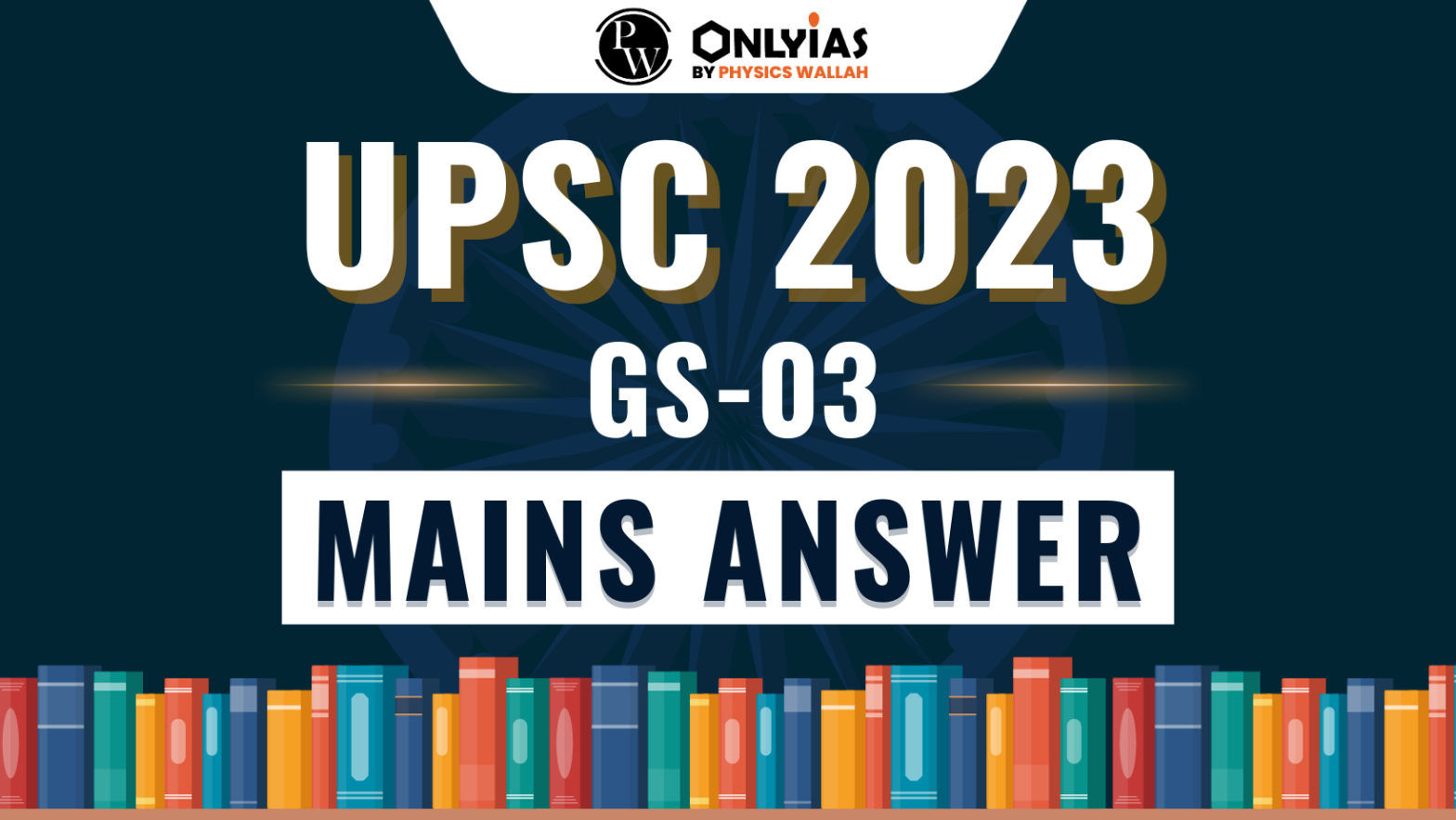![]() Gaurav Soni
Gaurav Soni
![]() September 30, 2023 04:52
September 30, 2023 04:52
![]() 3382
3382
![]() 0
0

Q19. What are the internal security challenges being faced by India? Give out the role of Central Intelligence and Investigative Agencies tasked to counter such threats.
| How to approach the question
Introduction ● Write about importance of internal security briefly Body ● Write the internal security challenges being faced by India ● Write the role of Central Intelligence and Investigative Agencies tasked to counter such threats ● Write suitable way ahead in this regard Conclusion ● Give appropriate conclusion in this regard |
Introduction
Internal security is the act of keeping peace within the borders of a sovereign state or other self-governing territories, generally by upholding the national law and it is the linchpin that holds the societal fabric together, ensuring stability and prosperity. NIA registered more than 72 cases in 2022 that shows growing issue of internal security. In India, a variety of challenges have emerged that threaten this critical aspect of national well-being.
Body
Internal Security Challenges in India:
Role of Central Intelligence and Investigative Agencies:
Way Ahead
Conclusion
Internal security is a multifaceted challenge that needs a cohesive and coordinated effort from both state and central agencies. By adopting these innovative suggestions, India can establish secure, transparent, and efficient security infrastructure capable of countering the multifaceted challenges that the country faces.
| For a Detailed explanation of the UPSC GS-01 Mains question 2023, click here.
For a Detailed explanation of the UPSC GS-02 Mains question 2023, click here. For a Detailed explanation of the UPSC GS-03 Mains question 2023, click here. For a Detailed explanation of the UPSC GS-04 Mains question 2023, click here. |
<div class="new-fform">
</div>

Latest Comments